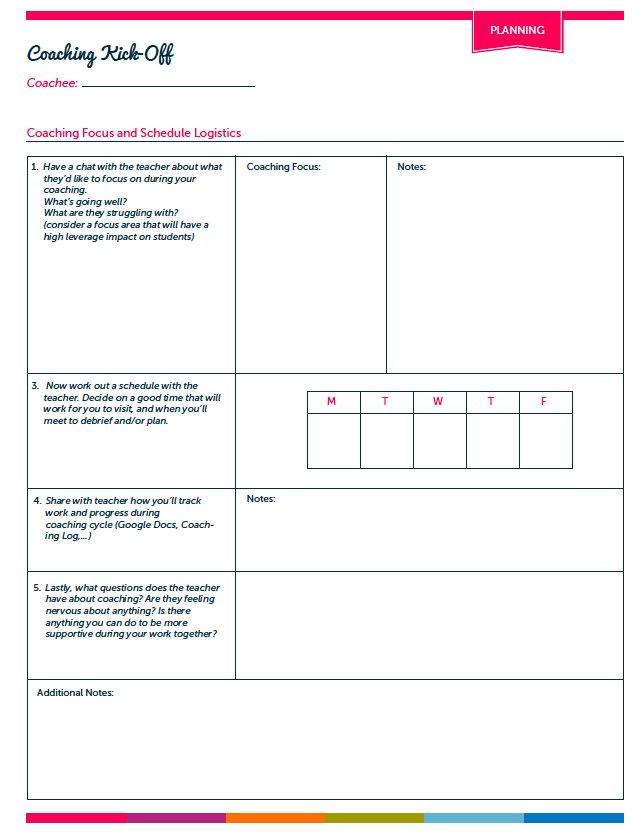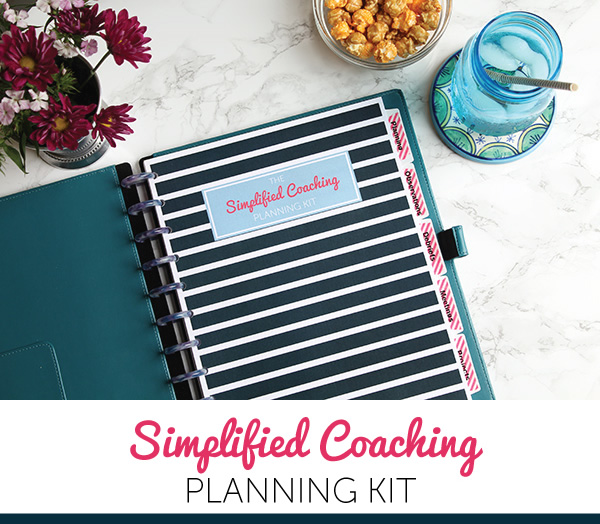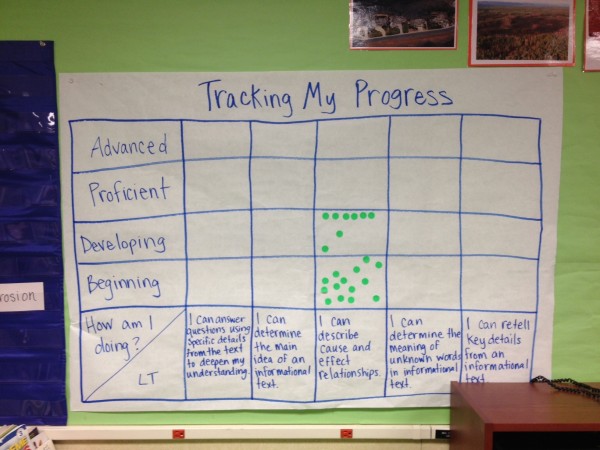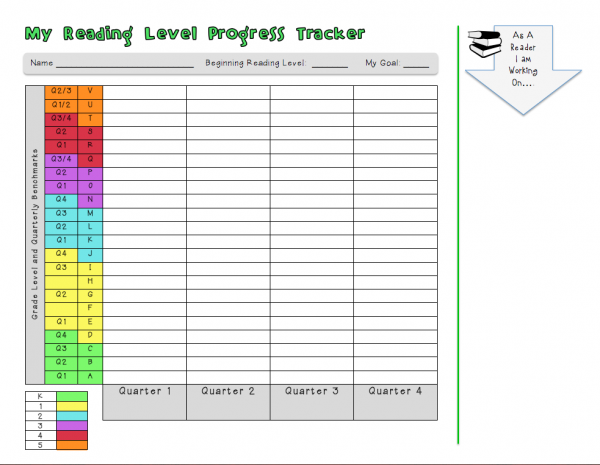Instructional Coaching Tools
Goals and Motivation, Instructional CoachingLast week I shared the instructional coaching data tracker I use to help organize and reflect on my work in coaching cycles throughout the year. In the post I mentioned that I use a variety of other coaching tools to document and organize work with individual teachers. Here are a two of my most important.
Coaching Kick-Off Meeting
At the start of instructional coaching cycles, two of the most important things we can do as coaches is to establish a respectful and trusting rapport with our coachee and also show that we honor them as an adult learner. You can work to implement these two practices in part by setting up a Kick Off coaching meeting. The first purpose of this time is to get to know your coachee as a teacher and learner. The second purpose is to work together to identify a goal for your coaching cycle. In having this kick off coaching conversation, you are establishing yourself as a “thinking partner” who is there to learn along with them. Additionally, you are setting routines and norms for your work together and clarifying logistics, which I have found helps in preventing potential misunderstandings down the road. Creating an agenda for this meeting helps to ensure that your time is purposeful and action-oriented.
Download your FREE Coaching Kick-Off Printable Here
Coaching Work Plan Tool
This is a great tool to help you craft a plan for your coaching goals, how you plan to arrive at these goals, and the results of your work. After the Kick-Off meeting, I set-up a Goal Setting meeting with teachers and use this tool to guide our conversation. I’ll revisit it throughout the coaching cycle to ensure that our work is staying on track. In the final coaching wrap-up meeting I have with teachers, we review and document the results of our work using this tool.
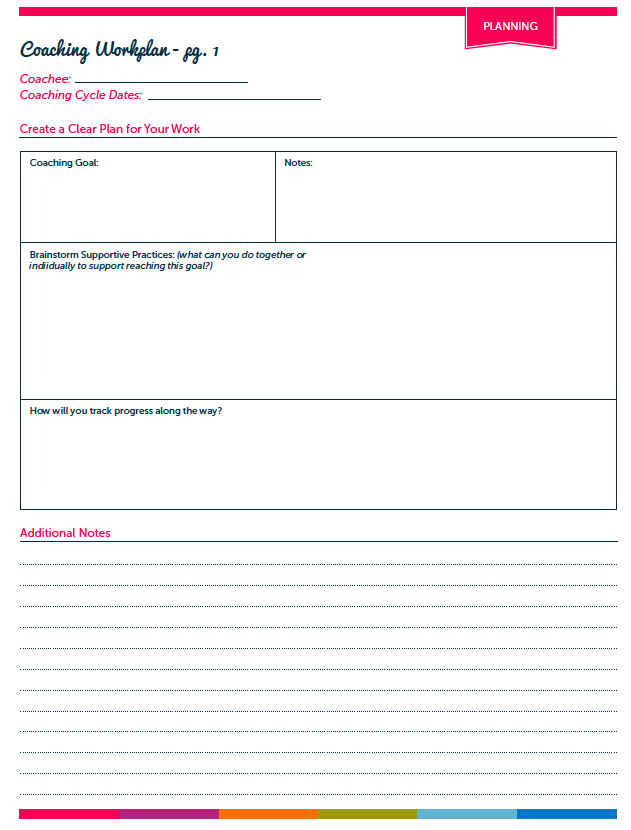

Instructional Coaching Observation and Debrief Tool
This instructional coaching observation form is my go-to tool for all of my coaching observations and debrief conversations. I record our coaching cycle goal at the top to ensure alignment between learning targets and look-fors in the lesson. The listed debrief questions always serve as anchors for post observation conversations. As far as instructional next steps, one thing I have learned is fewer is better! Ensure that the teacher you are working with has identified and committed to 1-2 instructional next steps they feel will support student progress, but also feel manageable.
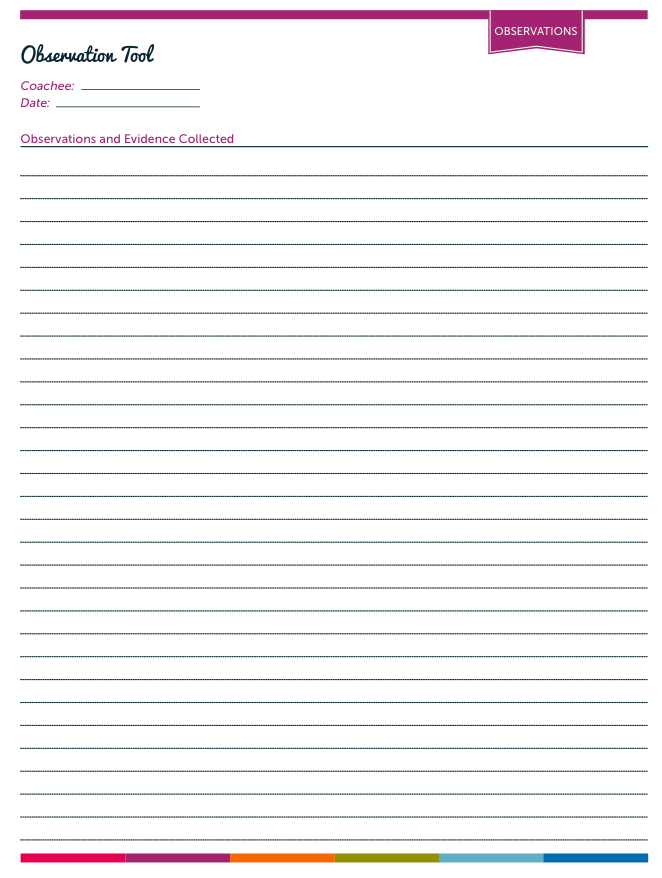
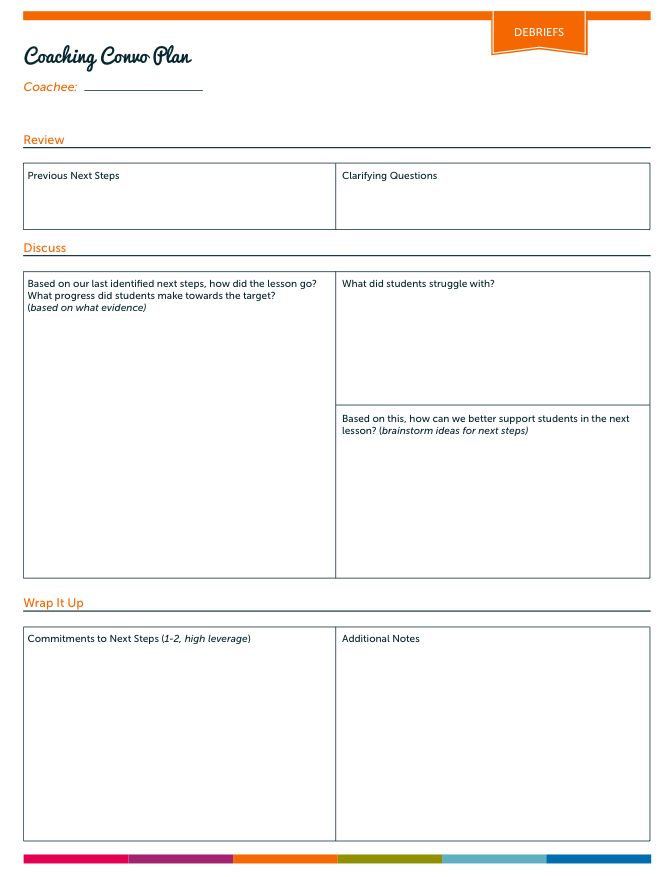
Download your FREE Coaching Kick-Off Printable Here
And for the complete
Simplified Coaching Planning Kit …
Talk to you soon!
![]()
Sign up for updates. It's FREE!

